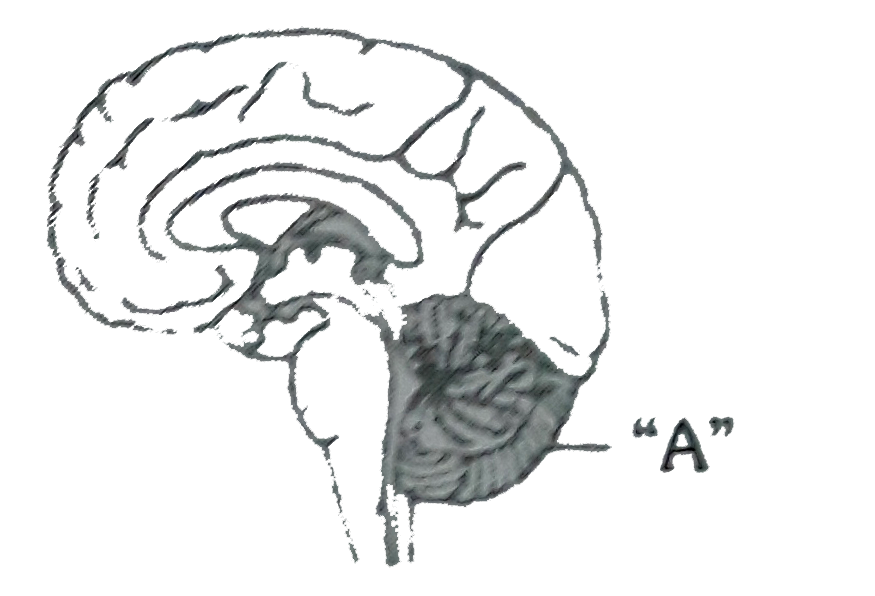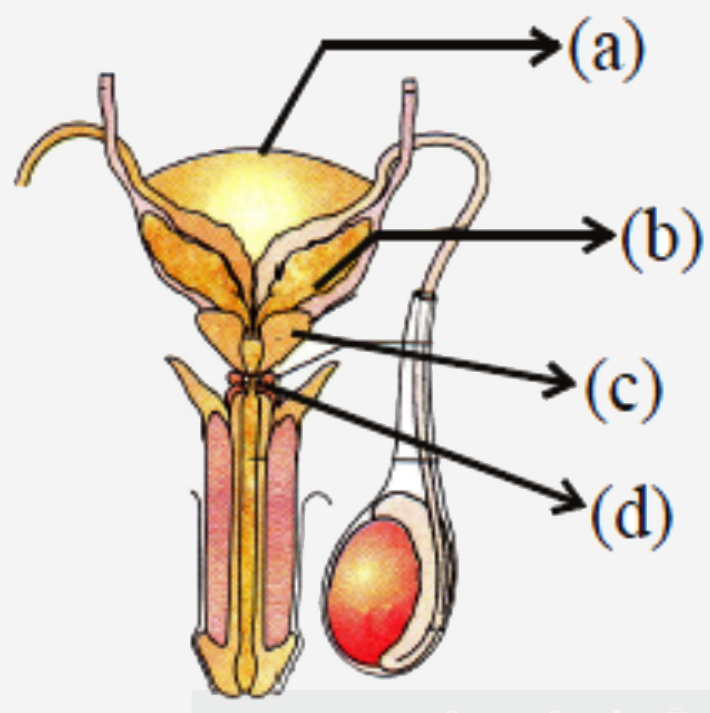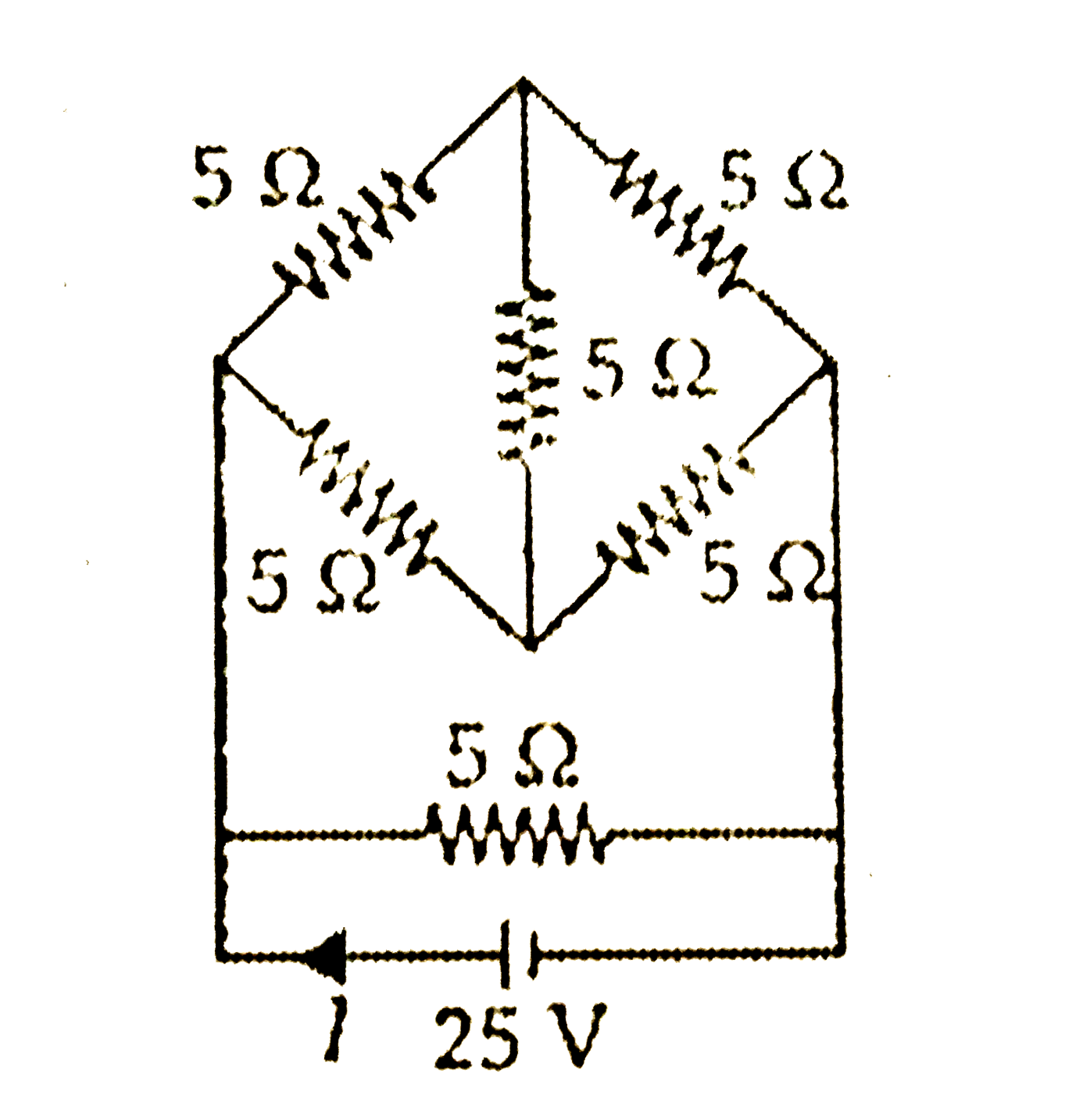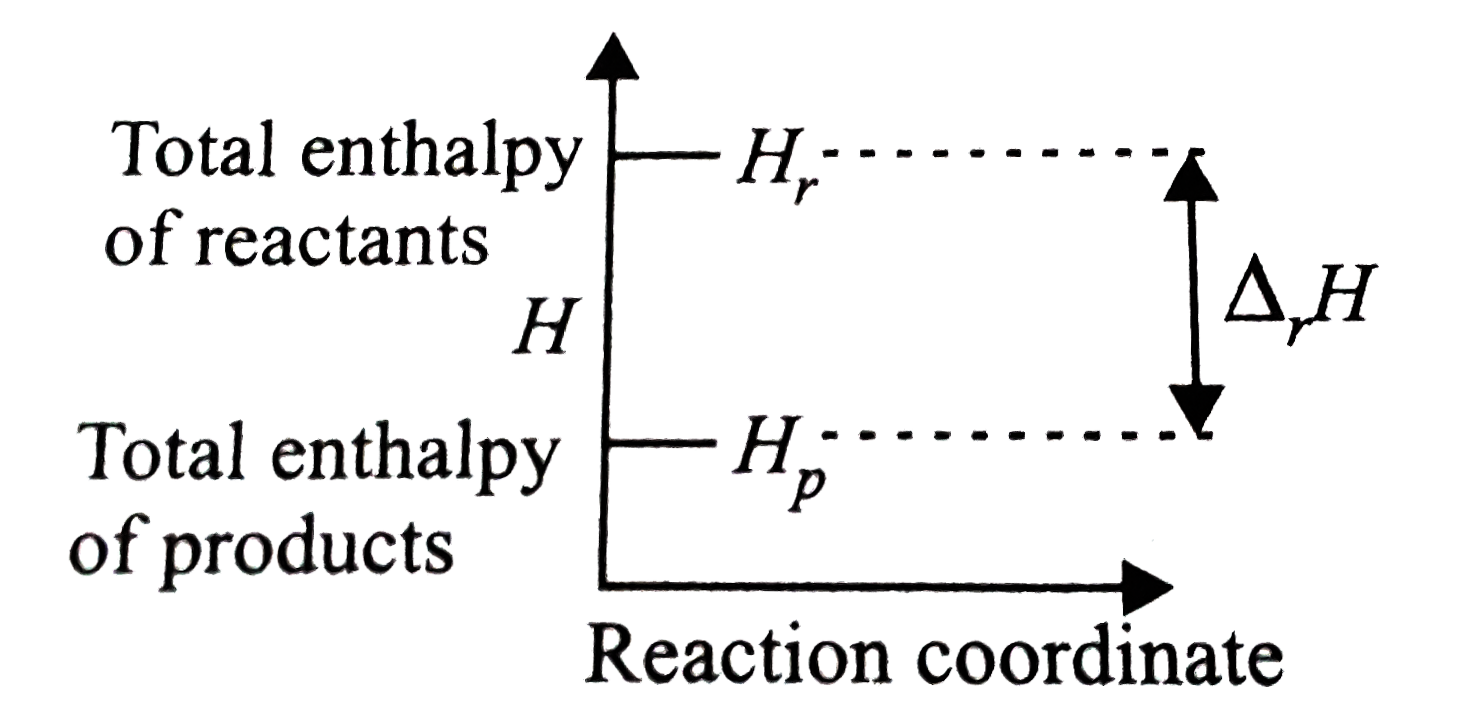
Consider the given enthalpy diagram, and calculate the unknown ΔH by applying Hess's law.
Text Solution
Following the given diagram, we have-
(i) A+B→C+2D,ΔH=?
(ii) A+B→E+2D,ΔH=+27kJ
(iii) E+2D→C+2D,ΔH=−13kJ
Adding equation (ii) and equation (iii), we get
A+B→C+2D,ΔH=(27−13)kJ=14kJ.
|
Topper's Solved these Questions
- CHEMICAL THERMODYNAMICSBOOK - CHHAYA PUBLICATIONCHAPTER - CHEMICAL THERMODYNAMICSEXERCISE - QUESTION ANSWER ZONE FOR BOARD EXAMINATION (VERY SHORT ANSWER TYPE)
26 Videos
- CHEMICAL THERMODYNAMICSBOOK - CHHAYA PUBLICATIONCHAPTER - CHEMICAL THERMODYNAMICSEXERCISE - QUESTION ANSWER ZONE FOR BOARD EXAMINATION (SHORT ANSWER TYPE)
35 Videos
- CHEMICAL THERMODYNAMICSBOOK - CHHAYA PUBLICATIONCHAPTER - CHEMICAL THERMODYNAMICSEXERCISE - Practice Set 6
15 Videos
- CHEMICAL KINETICSBOOK - CHHAYA PUBLICATIONCHAPTER - CHEMICAL KINETICSEXERCISE - EXERCISE (NUMERICAL PROBLEMS)
37 Videos
- CHEMISTRY IN EVERYDAY LIFE BOOK - CHHAYA PUBLICATIONCHAPTER - CHEMISTRY IN EVERYDAY LIFE EXERCISE - PRACTICE SET 15
15 Videos
Similar Questions
Knowledge Check
Consider the given diagram and identify "A"
 AMedulla oblongataBCerebellumCMidbrainDPons
AMedulla oblongataBCerebellumCMidbrainDPonsHess's law is used to calculate :
Aenthalpy of reactionBentropy of reactionCwork done in reactionDall of the aboveHess's law is used to calculate :
Aenthalpy of reactionBentropy of reactionCwork done in reactionDall of the above
Consider the diagram given below and choose the correct option.

View SolutionConsider the diagram given below and choose the correct option.

View SolutionCalculate I for the given circuit diagram.

View SolutionCalculate I for the given circuit diagram.

View SolutionHess's law is used to determine
View Solution

